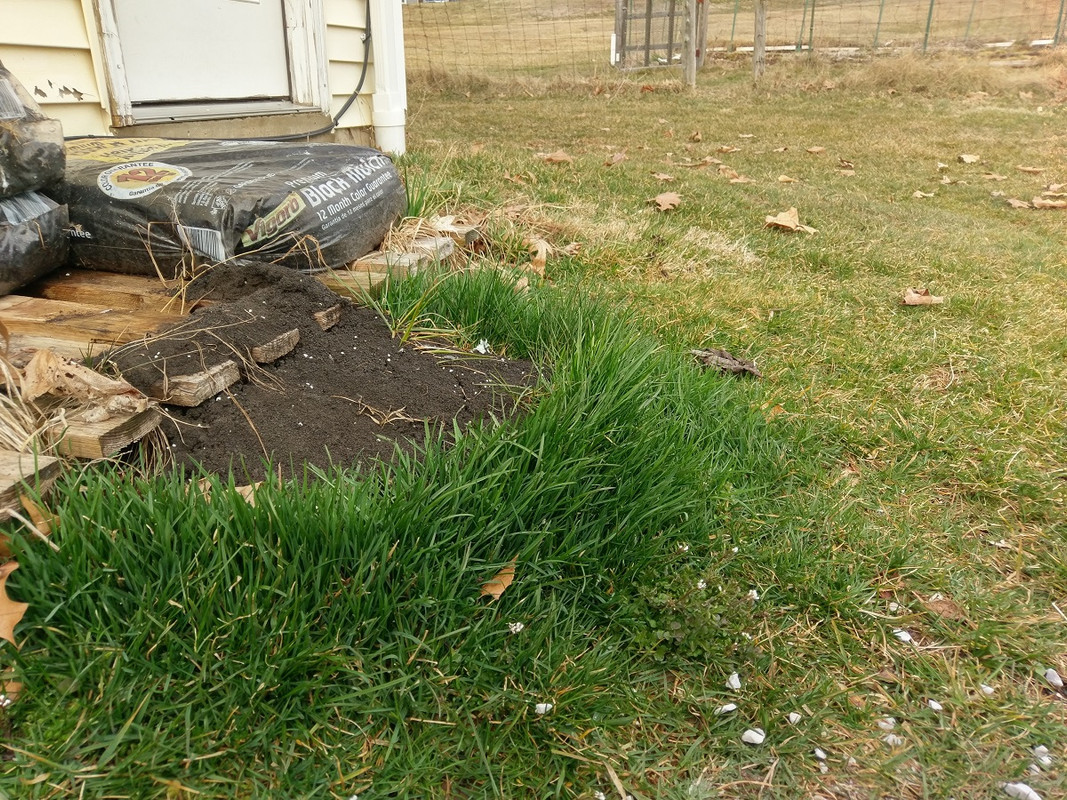Hey all, I have a very curious case study and hope some of the big brains can give me insight to how this works.
I have a neighbor who put down 80lbs of 32-0-5 and 128 lbs of Milorganite on a 14,000 sqft lawn.
By my calculations that's roughly 2 lbs/1k sqft of fast release nitrogen on a 100% TTTF lawn. (I think Milo is like 40% fast release right?)
Annnyyywayyyssss, this neighbor applies the 208 lbs of fertilizer early one morning (Thursday) while there was still dew on the lawn. The fertilizer sat for all day and night Thursday with no water. Friday we had a massive rain come through that lasted for 6+ hours and dumped tons of water.
My neighbor (who realized his over application) watered quite a bit on Saturday as well as applied kelp and humic.
So far, his lawn has shown 0- minimal signs of fertilizer burn. Can anyone help explain to me why it's not crispy already?
Thanks for your thoughts , CCC
I have a neighbor who put down 80lbs of 32-0-5 and 128 lbs of Milorganite on a 14,000 sqft lawn.
By my calculations that's roughly 2 lbs/1k sqft of fast release nitrogen on a 100% TTTF lawn. (I think Milo is like 40% fast release right?)
Annnyyywayyyssss, this neighbor applies the 208 lbs of fertilizer early one morning (Thursday) while there was still dew on the lawn. The fertilizer sat for all day and night Thursday with no water. Friday we had a massive rain come through that lasted for 6+ hours and dumped tons of water.
My neighbor (who realized his over application) watered quite a bit on Saturday as well as applied kelp and humic.
So far, his lawn has shown 0- minimal signs of fertilizer burn. Can anyone help explain to me why it's not crispy already?
Thanks for your thoughts , CCC





